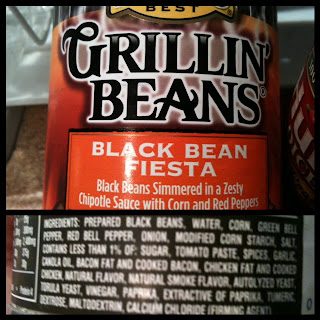 |
| image source |
This brings me to the conundrum of food labels and the questions: What do all those labels mean?!?! With the big box grocery stores that give me 37 different options for ketchup and 14 different kinds of eggs, how do I know which is the right choice for me? When I'm looking for food that is good for my body and the environment how does one decipher between all the different claims. Do I need organic or cage free or natural or grass-fed or Fair Trade or Salmon-Safe or certified something something? With so many labels, a little research is for sure needed. Are all these labels true? Who is certifying these labels? What are the standards? Do I need to pay extra for that? My trips to the grocery store have become more like research missions than actually shopping.
Fortunately, I came across a great list from Grist that gives a quick-and-dirty run-down of what is important and what you can ignore. Here's what they have to say:
These labels can't be used without independent verification:
These should be taken with a grain of salt -- they may mean something, but they don't have to:
- USDA Organic
- Fair Trade
- Rainforest Alliance
- Food Alliance
- Demeter Biodynamic
- Salmon-Safe
- Bird Friendly
- Certified Humane Raised and Handled
- FishWise
- Non-GMO Project Verified
- Healthy Grown Potatoes
These can be used by anybody at any time and are therefore basically meaningless:
- Raised Without Antibiotics
- Natural
- Free Range
- Grass Fed
- Nutri Clean Residue Free Certification
- Marine Stewardship Council
- Cruelty free
- Cage free
- Environmentally friendly
- Nature’s friend
- No chemicals
- Vegetarian fed
Grist's list is based on the full article by the Audubon Magazine that is available here. They have advised that "[t]here’s a reason for all this green branding. Since 2003 U.S. organic food sales have more than doubled, to roughly $25 billion. The booming demand for organic foods is making greenwashing more tempting—and more lucrative—than ever before." The Audubon article provides an explanation and description for each of the labels or (so-called) certifications listed above.
And in case you need a few more references there is a great post at Treehugger and one more from Eat Drink Better. Take an extra 15 minutes this week, before you go shopping, and review. Maybe even print out the list above for reference. Not only do you want to be educated on what the truth is and what you are putting in your body, but you want to make sure you aren't paying for a BS sticker that doesn't mean anything.




